Step into a world of timeless elegance and discover the art of crafting stunning spaces with vintage design ideas. Whether you’re aiming to transform your living room into a retro haven or infuse your home with a touch of nostalgia, vintage design offers a unique way to bring character and charm into your daily life. This comprehensive guide delves into the intricacies of blending retro design elements with modern aesthetics, providing you with actionable tips and inspiration to create spaces that stand out. From understanding what makes a design truly vintage to mastering the 70/30 rule in interior design, this article will walk you through the essential principles and practices needed to achieve a vintage-inspired look. Explore how to incorporate vintage elements into your decor, experiment with DIY projects, and learn how to curate a space that feels both classic and contemporary. With a focus on authenticity and creativity, this guide empowers you to embrace the beauty of vintage design and reimagine your home into a haven of old-world charm.
Key Takeaways
- Combine Old & New for Timeless Style: Achieve a cohesive look by blending vintage and modern elements.
- Use Statement Lighting & Furniture: Incorporate retro fixtures and repurpose older pieces for a standout aesthetic.
- Opt for Earthy Color Palettes: Muted tones and deep neutrals enhance the vintage charm of your space.
- Add Texture with Fabrics & Decor: Vintage-inspired textiles and decorative items elevate your interior design.
- Incorporate Heirlooms & Antiques: Use family heirlooms to infuse sentimentality and history into your decor.
- Celebrate Retro Culture: Embrace the nostalgia of past eras while adapting them to modern tastes.
- Mix Mid-Century Modern with Antiques: Combine distinct design eras for a unique and eclectic style.
- Source Vintage Pieces from Trusted Platforms: Discover authentic items through reputable online shops and flea markets.
- Transform Your Space with Antiqued Finishes: Refinish and restore elements to create an antique showcase.
- Create Cozy Ambiences with Textiles & Curtains: Drapes and textured fabrics contribute to a welcoming, classic ambiance.
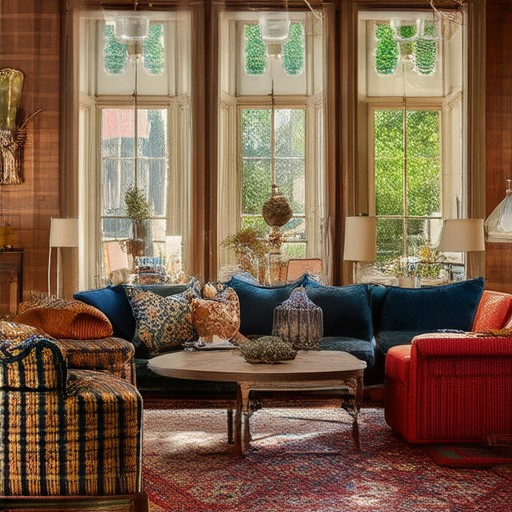
What Makes a Design Look Vintage?
A design is considered vintage if it evokes a sense of nostalgia and connects with the aesthetics of the past, particularly the mid-20th century. Here are the key elements that contribute to a vintage look:
- Typography: The use of serif fonts and traditional letterforms reminiscent of earlier decades. These fonts often reflect the craftsmanship of the past.
- Color Palette: Soft, muted tones and earthy hues, often inspired by nature, are hallmark features of vintage design. Colors like olive green, deep red, and mustard yellow are commonly associated with this style.
- Iconography: Simple, hand-drawn icons and illustrations that reflect the art styles of the 1950s, 60s, and 70s. These icons often have a naive and charming quality.
- Patterns and Textures: Replicating textures found in vintage fabrics, such as denim, leather, or wool, adds depth to a design. Floral patterns and geometric motifs also contribute to the vintage aesthetic.
- Material Usage: Incorporating genuine materials like wood, metal, and leather helps achieve a timeless feel. These materials often have a patina that tells a story of age and use.
- Nostalgic Elements: Designs that feature vintage-inspired photography, vintage-inspired lighting, and furniture pieces that have a story behind them.
- Historical Influences: Drawing inspiration from art movements like Mid-Century Modernism and Scandinavian design ensures a connection to the past while maintaining relevance.
- Aging Effects: Intentionally distressed or weathered finishes give objects an air of antiquity, making them appear as though they have been treasured for years.
- Functional Design: Vintage designs often prioritize functionality over aesthetics, creating pieces that are both beautiful and practical.
Vintage design is not just about mimicking the past; it’s about creating something timeless that resonates with people across generations. By thoughtfully combining these elements, a design can transcend its era and feel genuinely classic.
What is the 70/30 Rule in Interior Design?
The 70/30 rule is a simple yet effective guideline used in interior design to create balanced and harmonious spaces. This ratio suggests dedicating approximately 70% of your attention to functional and practical aspects of a room, while allocating 30% to aesthetic elements that bring personality and charm.
How to Apply the 70/30 Rule
- Functional Zones:** Dedicate 70% of your space to practical areas like seating, storage, and cooking spaces. This ensures the room is both useful and comfortable for daily activities.
- Aesthetic Elements:** Allocate 30% to decorative features such as artwork, lighting, textures, and colors. This adds personality and makes the space visually appealing.
For example, in a living room, you might use 70% of the area for seating and storage solutions, while the remaining 30% could feature a statement piece of furniture or a unique wall treatment.
Benefits of the 70/30 Rule
- Clarity:** Helps in organizing the space effectively, making it easier to navigate and enjoy.
- Balanced Design:** Ensures that the room feels neither too utilitarian nor overly decorated, striking the perfect harmony between functionality and beauty.
- Timeless Appeal:** By focusing on both practicality and aesthetics, the 70/30 rule allows for designs that stand the test of time, blending modern needs with classic charm.
Applying the 70/30 rule thoughtfully can transform any space into a haven that is both practical and visually captivating, aligning perfectly with the essence of retro sales—celebrating the charm of yesteryear while embracing contemporary style.
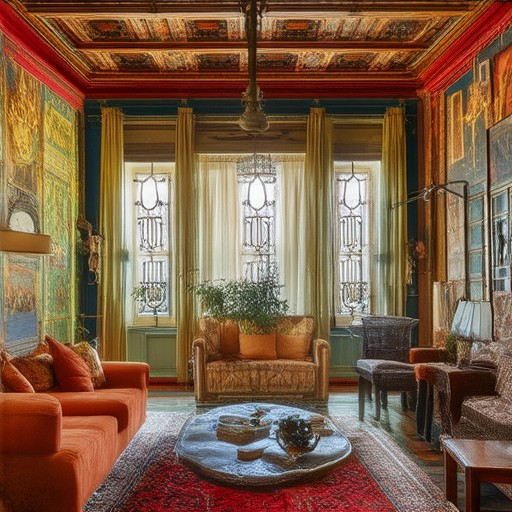
What is Retro Design vs Vintage Design?
Retro design refers to products, styles, or items that are inspired by or mimic the designs of a previous era. These are often created in a way that evokes nostalgia for a specific time in history. While retro designs may feel outdated, they are typically reinterpreted in a modern context to appeal to contemporary tastes.
On the other hand, vintage design denotes items that are genuinely from a past era, specifically ones that are at least 20 years old. Vintage pieces are considered authentic and have a sense of history attached to them. Unlike retro designs, which can sometimes feel artificial, vintage items carry a sense of uniqueness and rarity due to their age.
Differences Between Retro and Vintage Designs
- Time Period:
- Retro design draws inspiration from a specific past era but does not necessarily originate from that time.
- Vintage design refers to items that are truly from the past, typically at least 20 years old.
- Aesthetic Appeal:
- Retro designs often blend modern aesthetics with historical influences, making them feel familiar yet fresh.
- Vintage designs retain the original aesthetic of their era, often appearing timeless and unchanged.
- Purpose:
- Retro designs aim to evoke nostalgia while meeting current needs or preferences.
- Vintage designs are appreciated for their historical significance and authenticity.
- Examples:
- Retro: Modern clothing inspired by the 1980s, or vinyl records reissued with improved sound quality.
- Vintage: Antique furniture from the early 20th century, or a rare, original vinyl record from the 1950s.
By understanding these distinctions, you can appreciate how both retro and vintage designs contribute to our cultural heritage while satisfying modern desires.
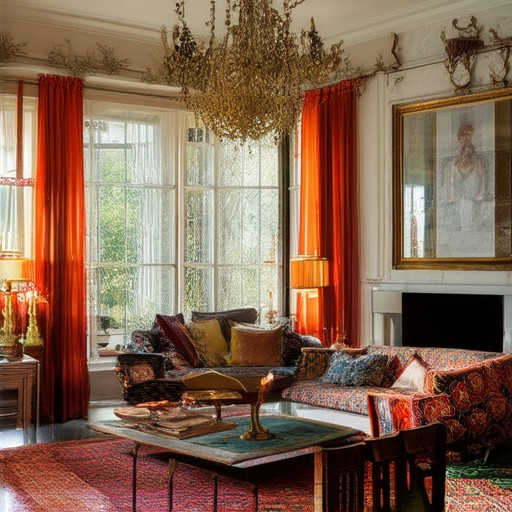
How to Create a Vintage Home Decor Style
To achieve a vintage home decor style, focus on blending old and new elements to create a cohesive and inviting atmosphere. Here’s a step-by-step guide:
- Lighting:** Incorporate vintage lighting fixtures such as Edison bulbs or retro chandeliers. These can be found at local flea markets or online platforms like Etsy.
- Furniture:** Repaint or reupholster older pieces to give them a fresh look while maintaining their vintage charm. Add modern cushions or throws to balance the aesthetic.
- Color Palette:** Opt for muted, earthy tones such as browns, greens, and soft grays. Consider painting walls in shades like deep green or terracotta to complement your decor.
- Decorative Items:** Use vintage mirrors, picture frames, and clocks to add visual interest. Look for affordable options at thrift stores or online shops.
- Personal Touches:** Display heirloom pieces or family jewelry boxes repurposed as decorative items. This adds sentimental value and uniqueness to your space.
- Plants:** Incorporate vintage-style pots or planters with succulents or small plants to bring life into the room.
- Accessories:** Use silver or gold-toned items for an elegant touch. Source vintage-inspired serving trays or glassware from local shops or online marketplaces.
- Layout and Flow:** Arrange vintage pieces as focal points, such as around a fireplace or dining table. Symmetrically arrange items to maintain a cohesive look.
- Textiles:** Introduce vintage-inspired fabrics with throw pillows or curtains. Check local fabric shops or online stores for suitable materials.
- Flooring:** Add an area rug with a vintage pattern to tie the room together. Measure the space beforehand to ensure the perfect fit.
By focusing on color, texture, and layout, you can successfully mix vintage and modern elements to create a stylish and inviting home environment. Take it step by step, starting with larger pieces and working your way to smaller details for a polished look.
What is Vintage Decorating Style?
Vintage decorating style refers to a design aesthetic that draws inspiration from past eras, blending historical elements with modern sensibilities. This style emphasizes the beauty of timeless pieces, celebrating the charm and character of earlier decades while adapting them to contemporary lifestyles.
The Evolution of Vintage Style
- Rooted in the mid-20th century, vintage style gained popularity during the resurgence of retro and nostalgic trends in recent years.
- It combines the elegance of bygone eras with today’s demand for unique, one-of-a-kind home decor and fashion.
- Vintage style is often associated with the 1920s, 1930s, 40s, 50s, and 60s, known for their distinct architectural motifs, color palettes, and craftsmanship.
Key Characteristics of Vintage Decor
- Color palettes dominated by earth tones, muted hues, and deep neutrals, often inspired by nature and historical pigments.
- Furniture and accessories with intricate details, such as carved woodwork, metal accents, and vintage fabrics.
- Antique and heirloom pieces that tell a story, often passed down through generations.
- A focus on texture and pattern, creating layers of visual interest in a room.
Popular Elements in Vintage Style Homes
- Exposed brick walls and original hardwood flooring for a rustic touch.
- Arts and crafts-style light fixtures and decorative ceiling fans.
- Vintage-inspired wallpaper patterns and fabric-covered headboards.
- Mid-century modern furniture blended with antique finds.
How to Incorporate Vintage Style Into Your Home
- Start with statement lighting fixtures or a vintage rug to set the tone.
- Mix antique furniture with modern decor for a balanced look.
- Add plants and greenery to bring life and natural elements indoors.
- Accessorize with vintage jewelry, art, and curios found at local flea markets or online shops.
Sourcing Vintage Pieces
For those looking to embrace vintage style, platforms like Retro Sales offer curated collections of vintage items and collectibles. Their blog provides insights into retro culture, nostalgia, and vintage trends, helping you find the perfect pieces to transform your space.
Conclusion
Vintage decorating style is more than just a trend; it’s a celebration of history and creativity. By incorporating vintage elements into your home, you bring timeless beauty and uniqueness into your daily life. Embrace the charm of yesteryear while keeping your space fresh and inviting.
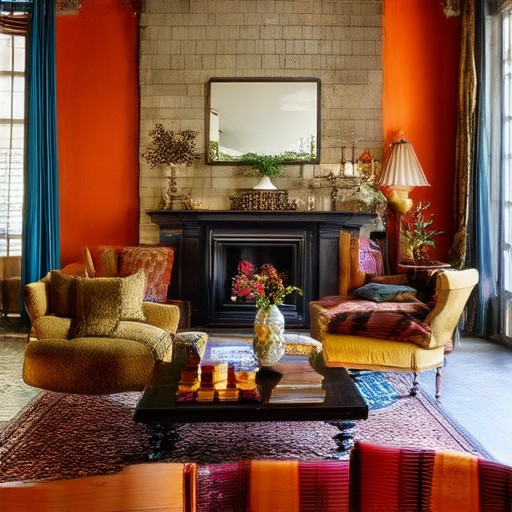
How to Make Your House Look Antique
To achieve an antique look in your house, focus on several key areas that evoke a sense of history and classic elegance. Here’s a step-by-step guide:
- Woodwork Enhancements :
- Install or restore wooden paneling and moldings to add texture and warmth.
- Refinish existing hardwood floors or consider adding area rugs with traditional patterns.
- Lighting Fixtures :
- Introduce vintage chandeliers or sconces for ambient lighting.
- Use soft, warm LED bulbs to mimic the glow of incandescent lights.
- Furniture Selection :
- Opt for pieces with a weathered finish or distressing, such as clawfoot tables or wingback chairs.
- Source from local antique shops or platforms like eBay for high-quality secondhand furniture.
- Textile Choices :
- Add throw pillows with floral patterns or tapestries to enhance texture.
- Consider drapes with heavy curtains or valances for a classic touch.
- Art and Decor :
- Frame vintage photographs or artwork with a nostalgic, historical style.
- Incorporate vintage garden ornaments or statues in your outdoor spaces.
- Color Scheme :
- Choose darker, richer colors like deep browns and greens to reflect antiquity.
- Ensure these colors complement your home’s architectural style.
- Hardware Updates :
- Replace modern door handles and knobs with period-appropriate hardware.
- Check local hardware stores or online marketplaces for authentic pieces.
- Gardening Touches :
- Plant perennials or traditional garden flowers for a timeless exterior look.
- Add vintage garden ornaments to complement your landscape.
- Window Treatments :
- Use heavy curtains or velvet drapes to create a cocoon-like effect.
- Opt for blackout curtains to enhance the cozy, antique ambiance.
- Maintenance and Care :
- Clean with natural, eco-friendly products to preserve finishes and textures.
- Avoid harsh chemicals that could damage delicate surfaces.
By thoughtfully selecting each element and taking it step by step, you can transform your house into a charming, antique showcase.
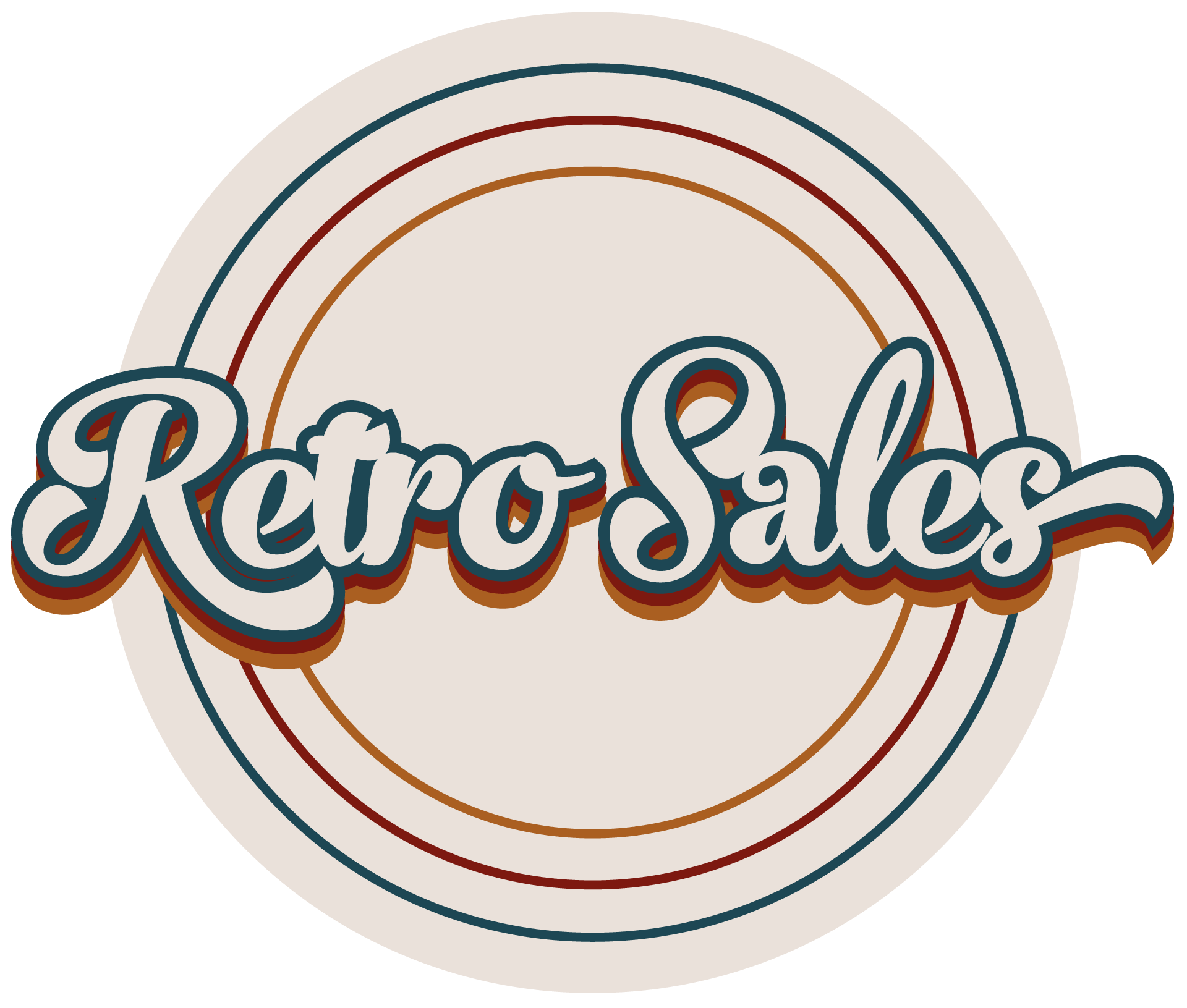
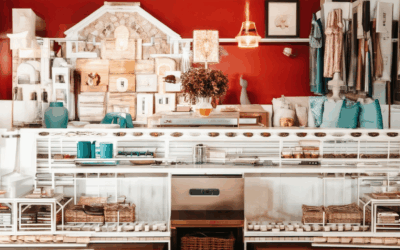
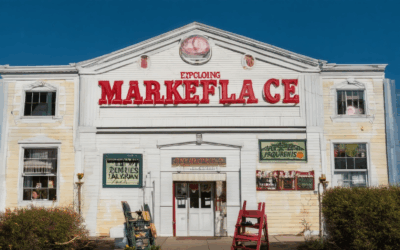
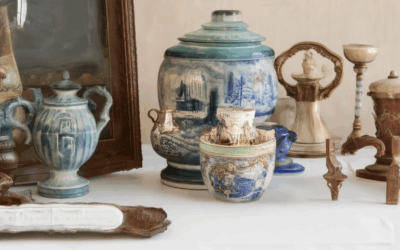
0 Comments